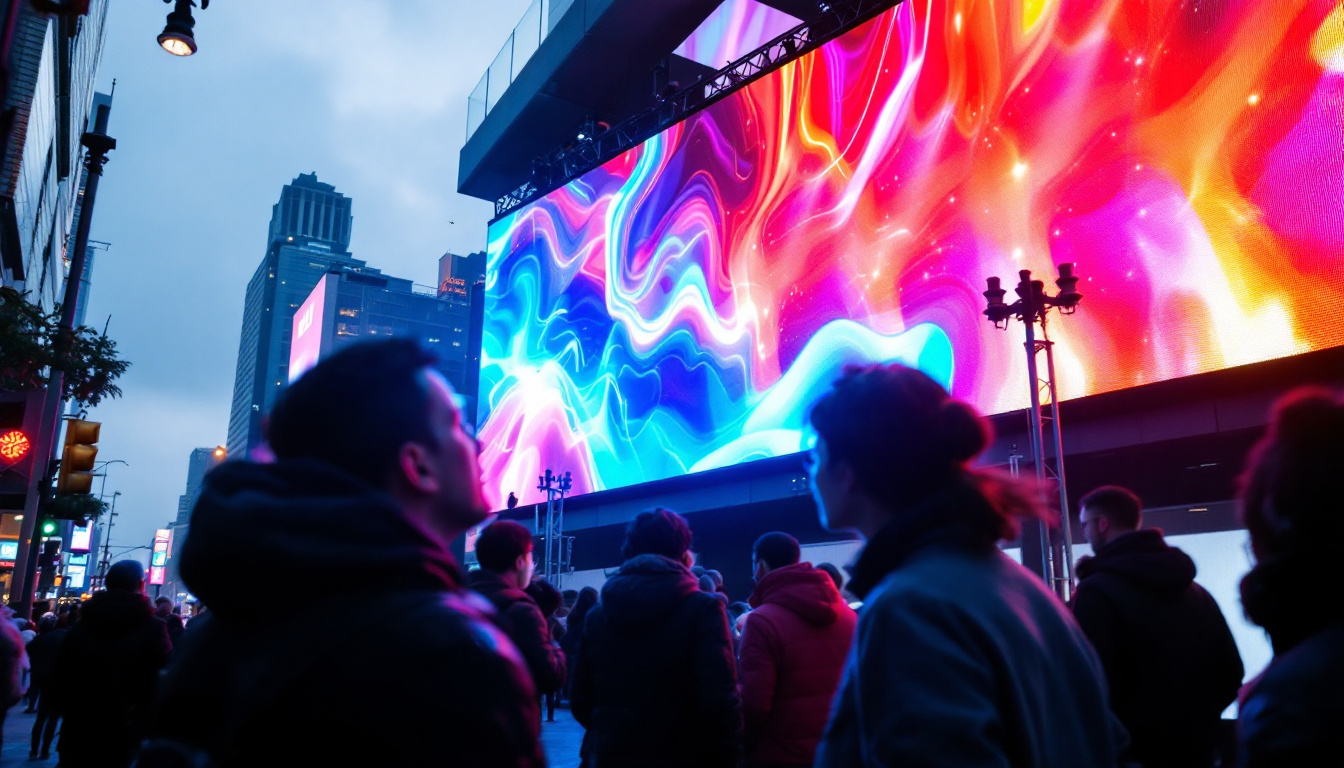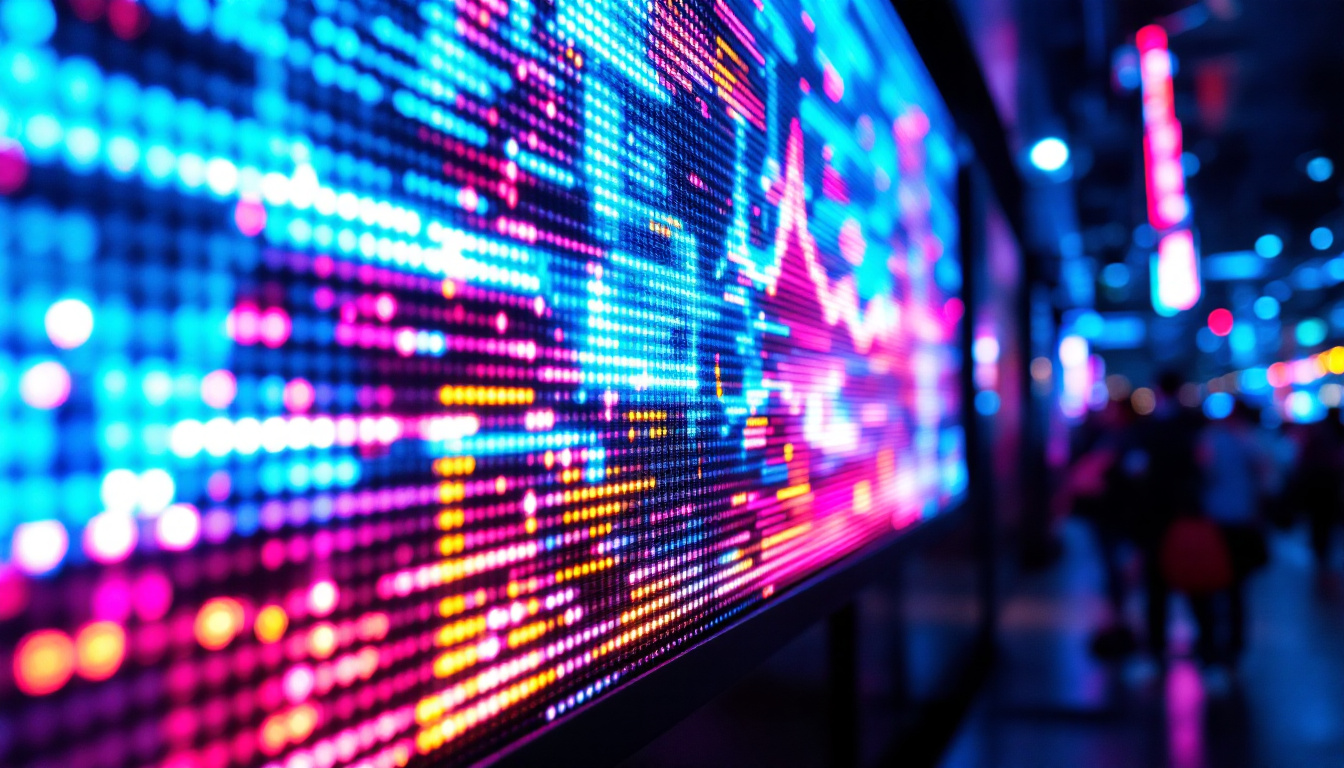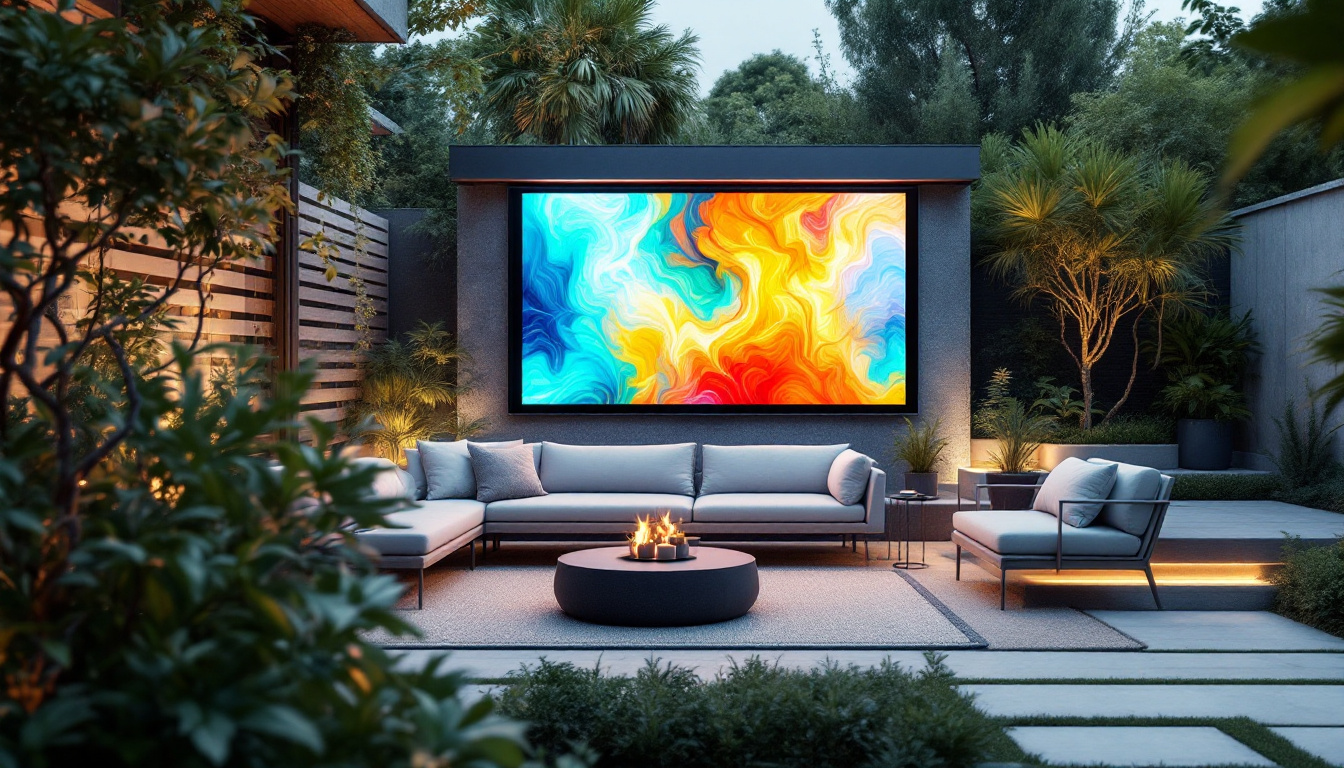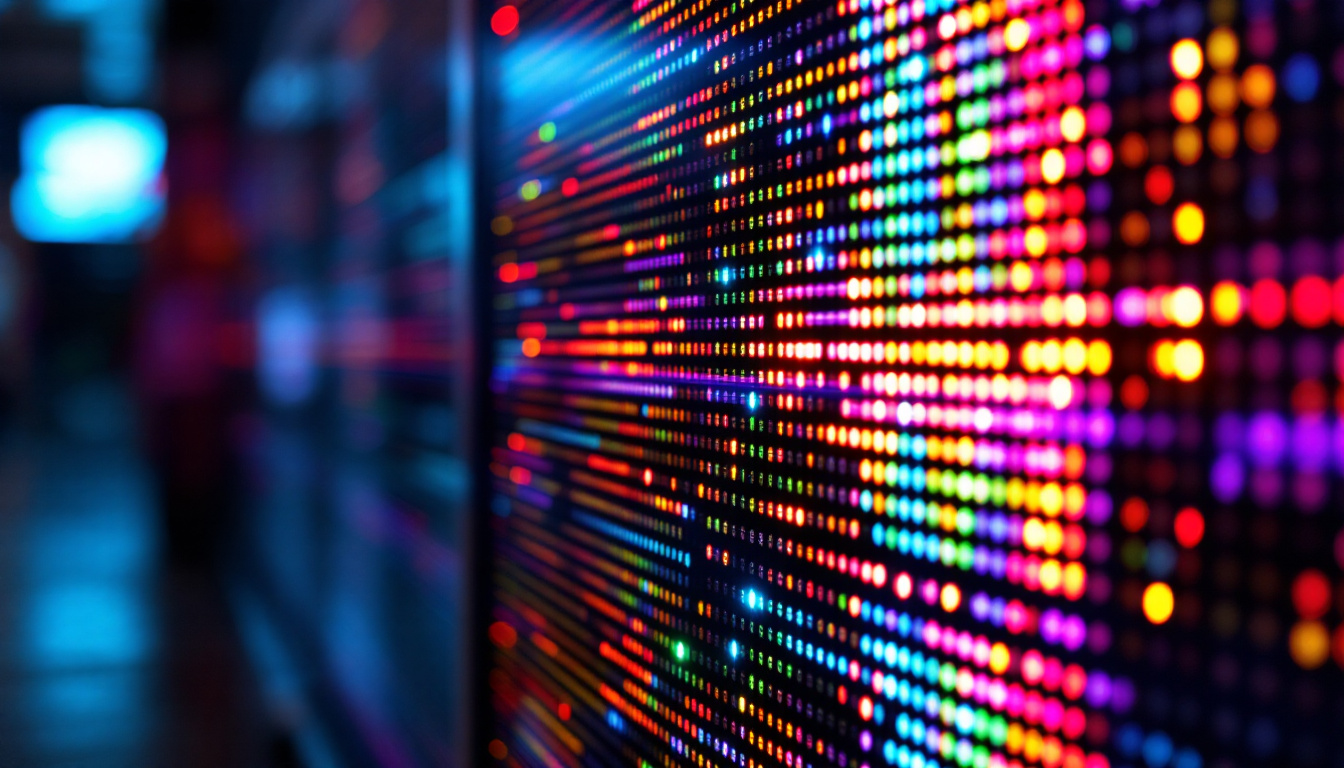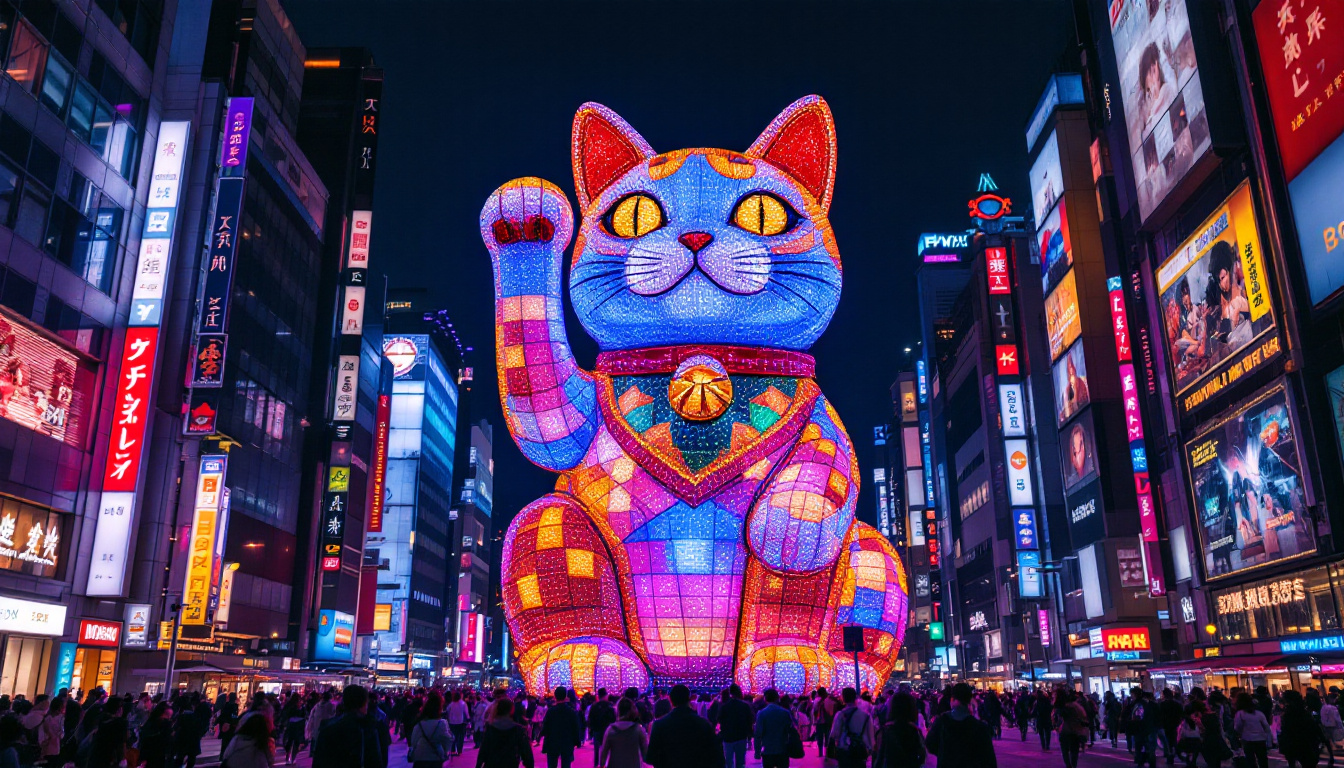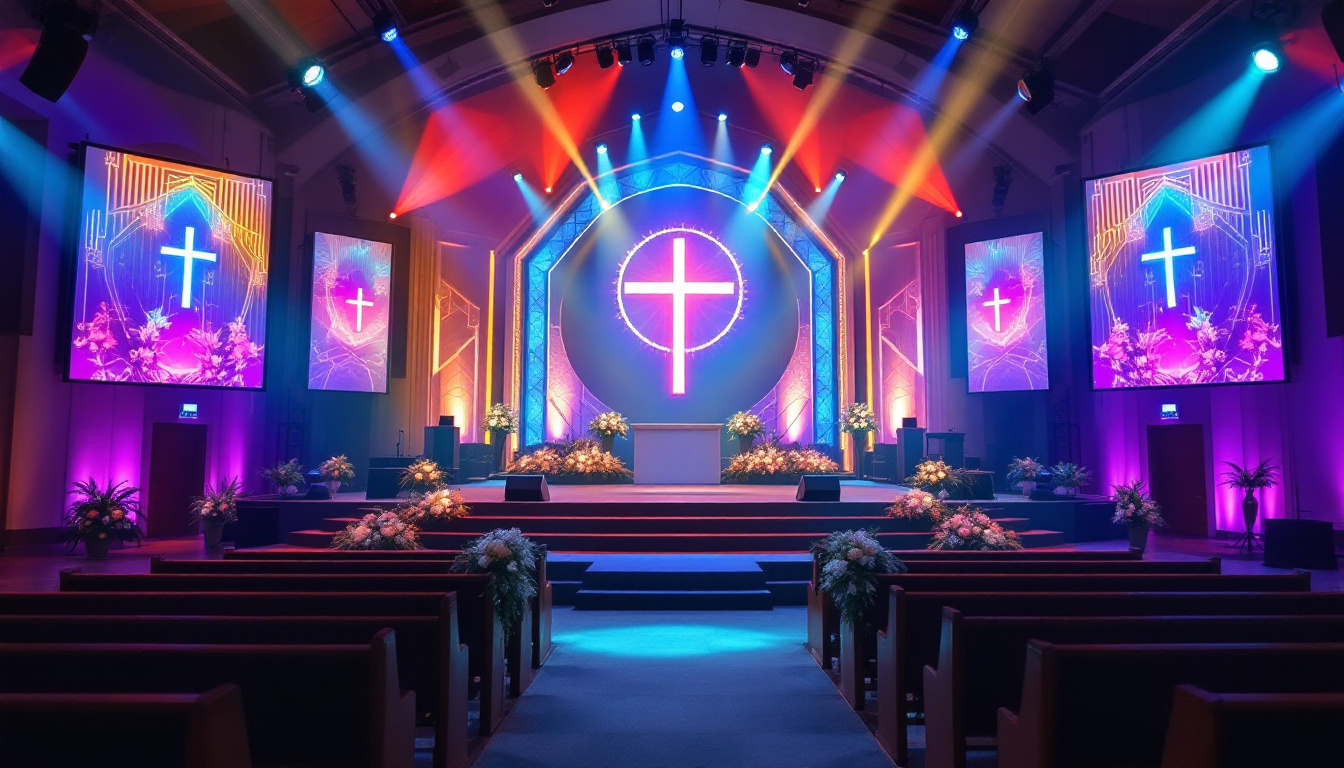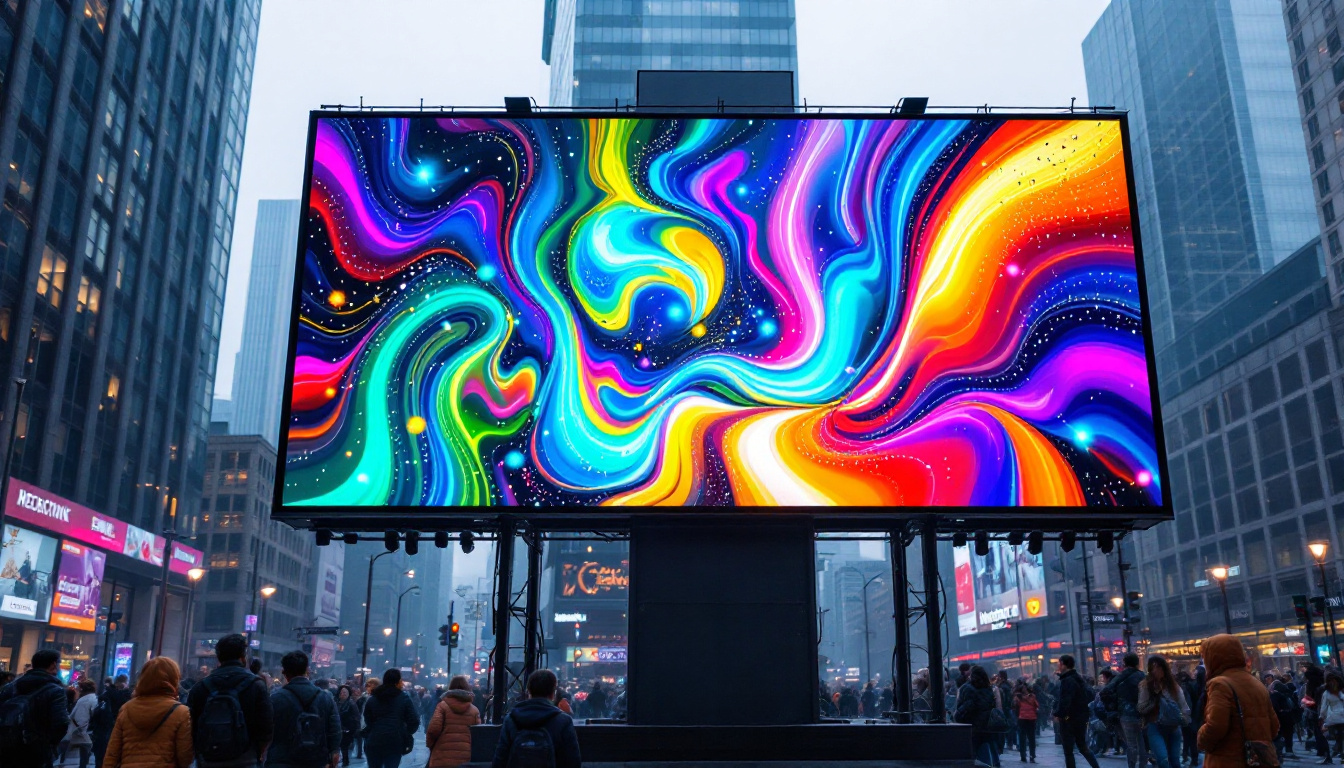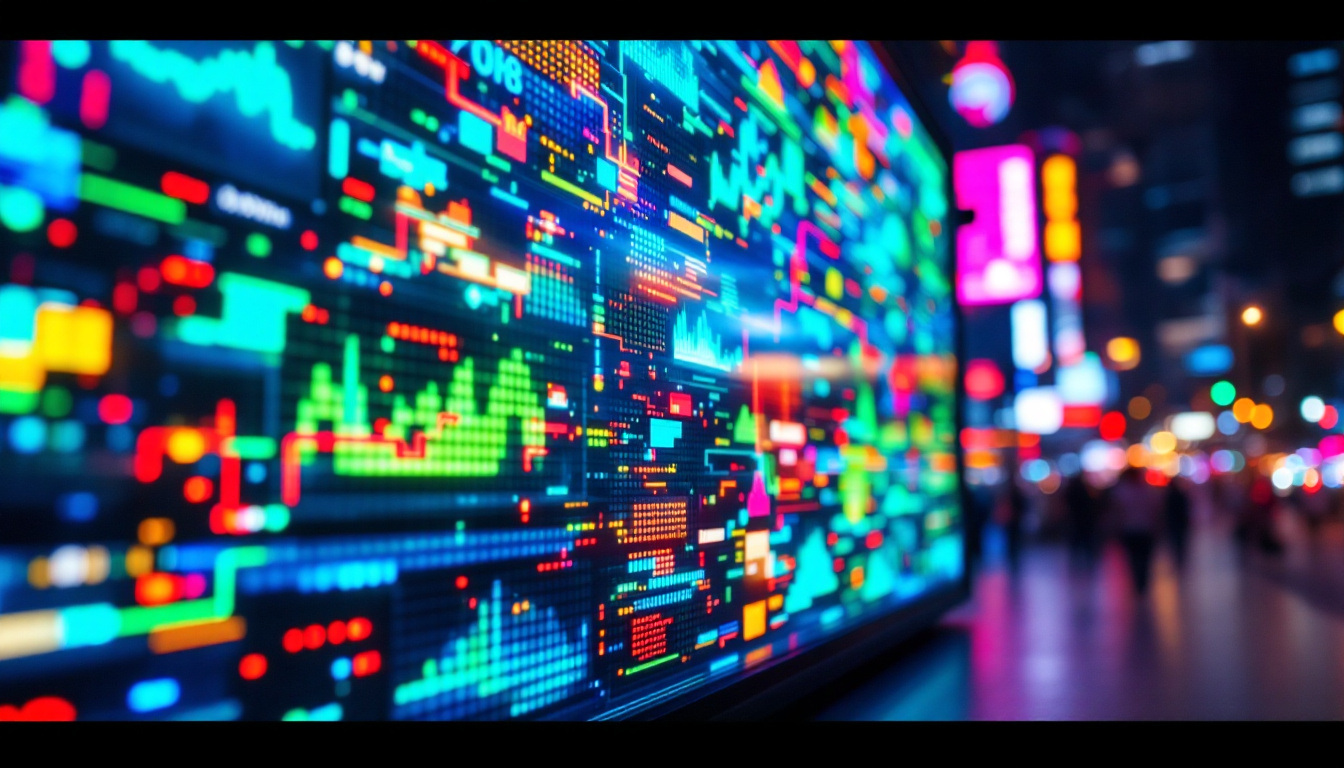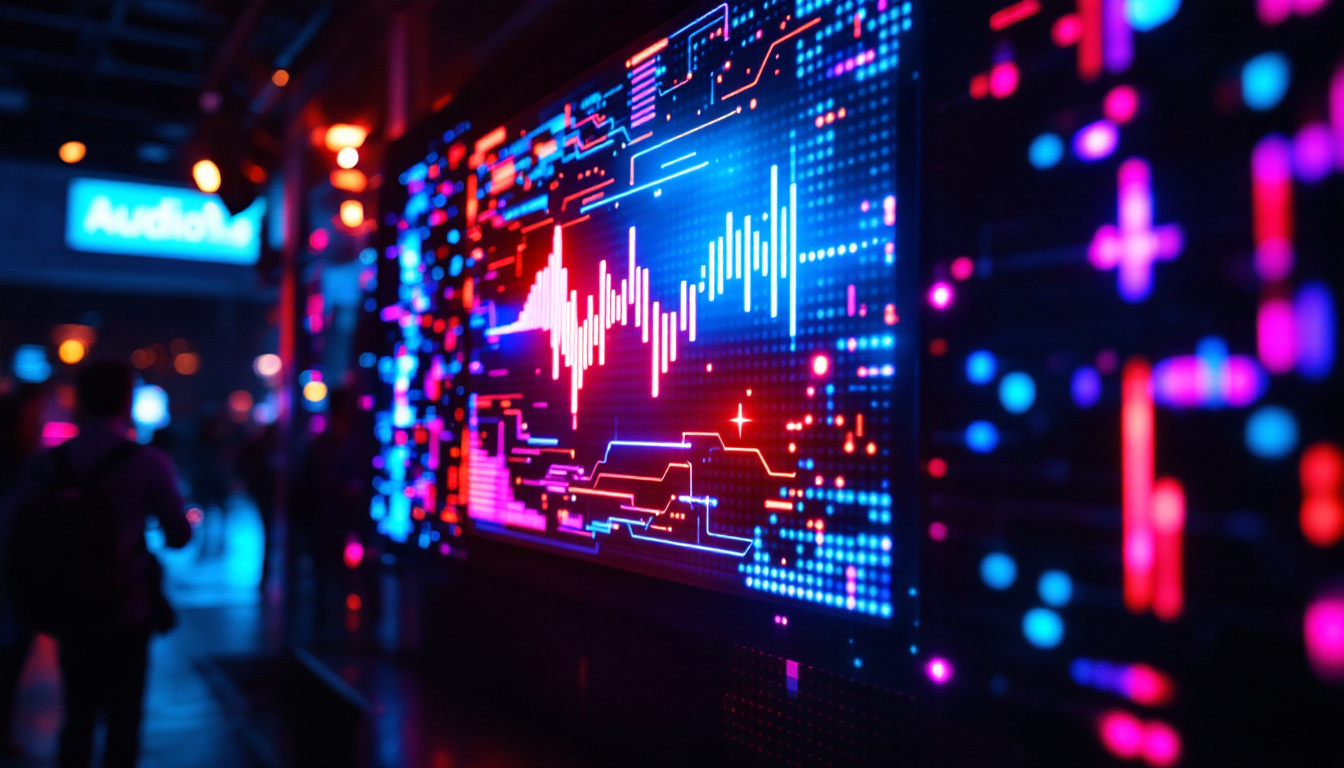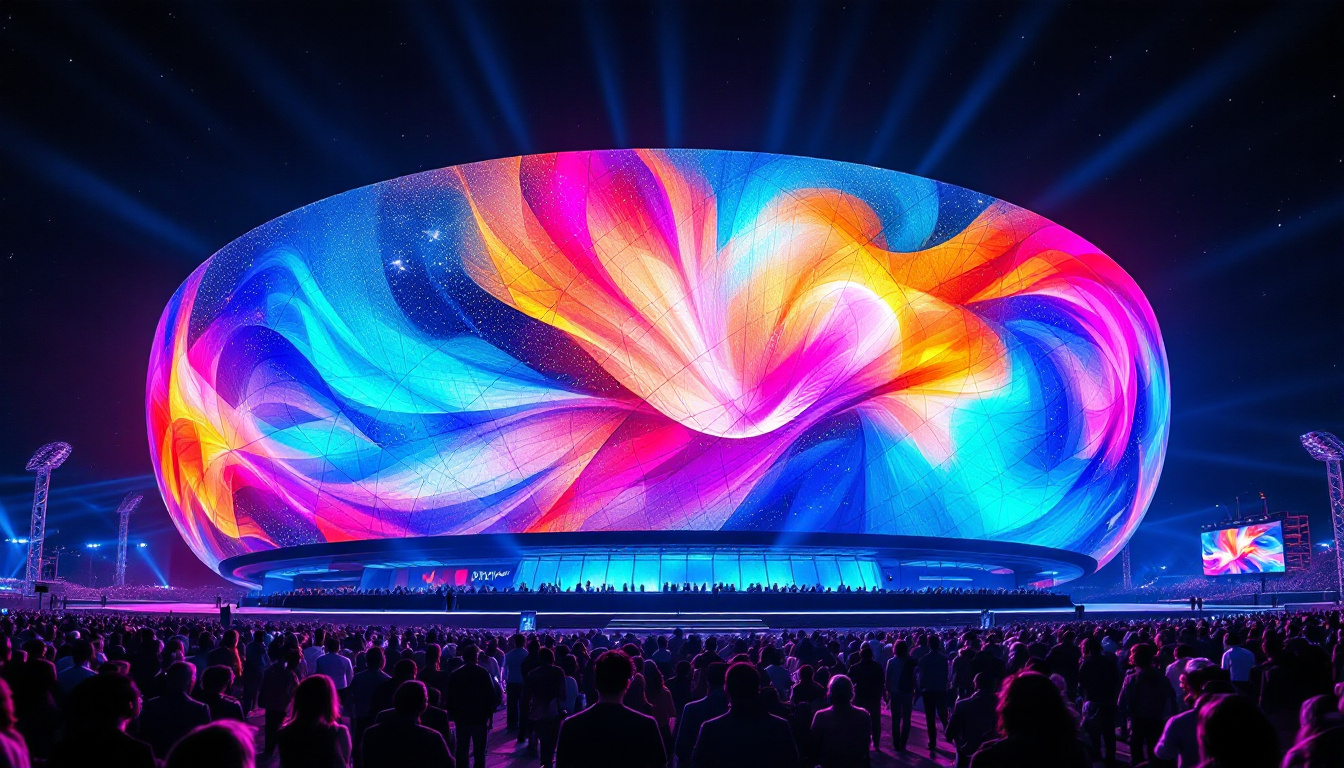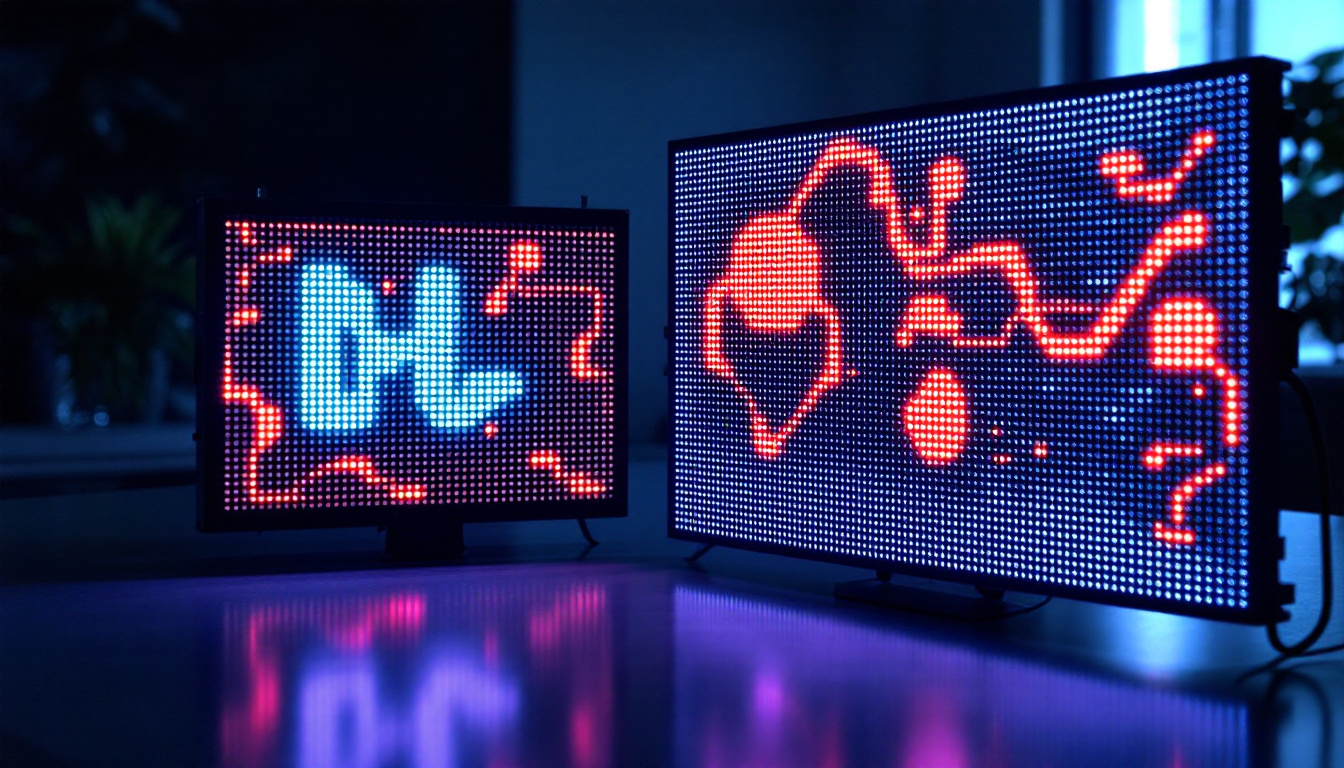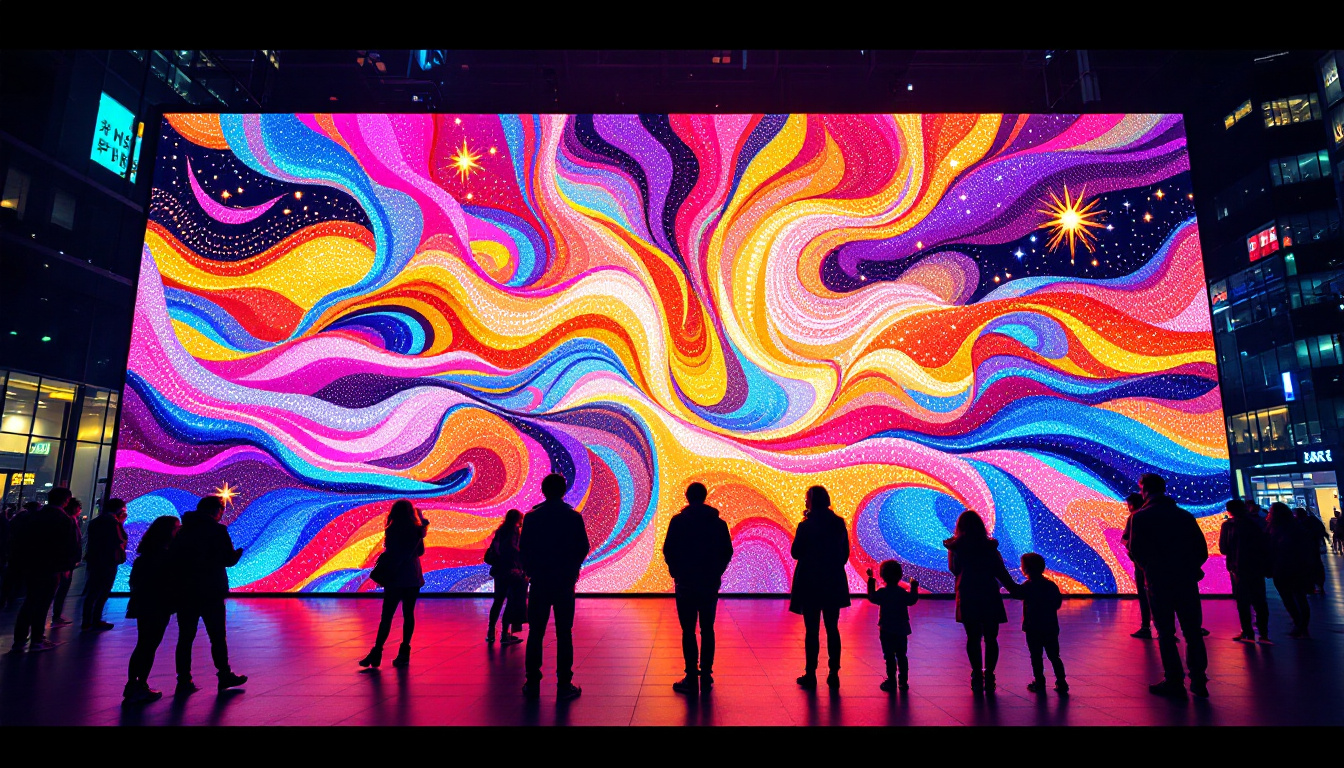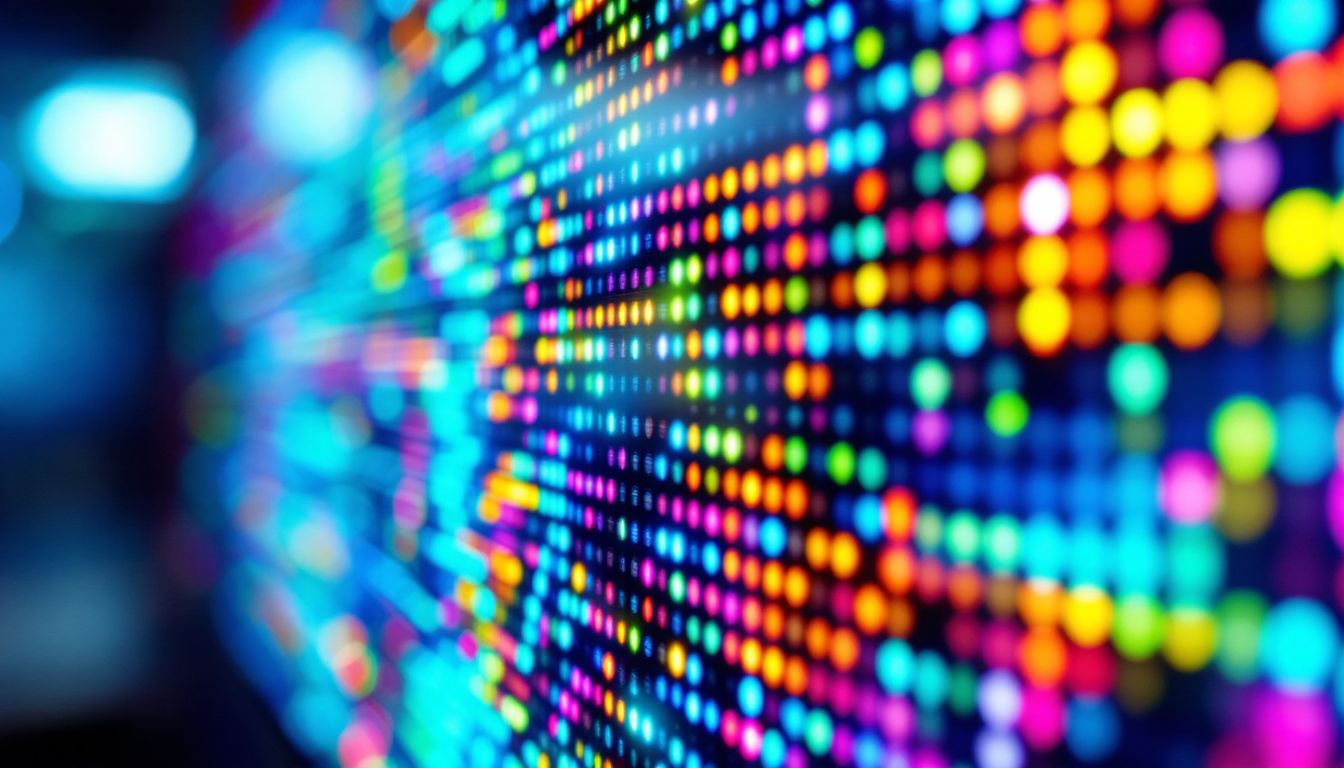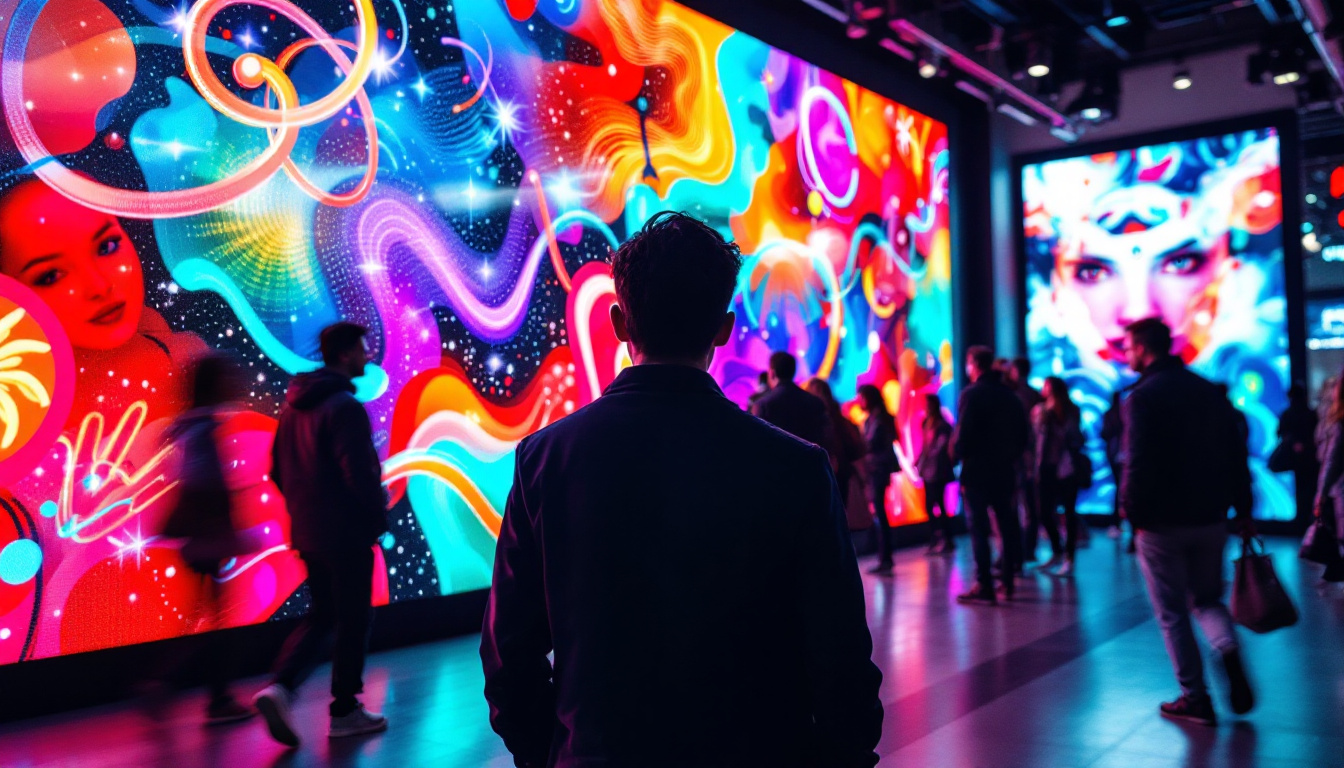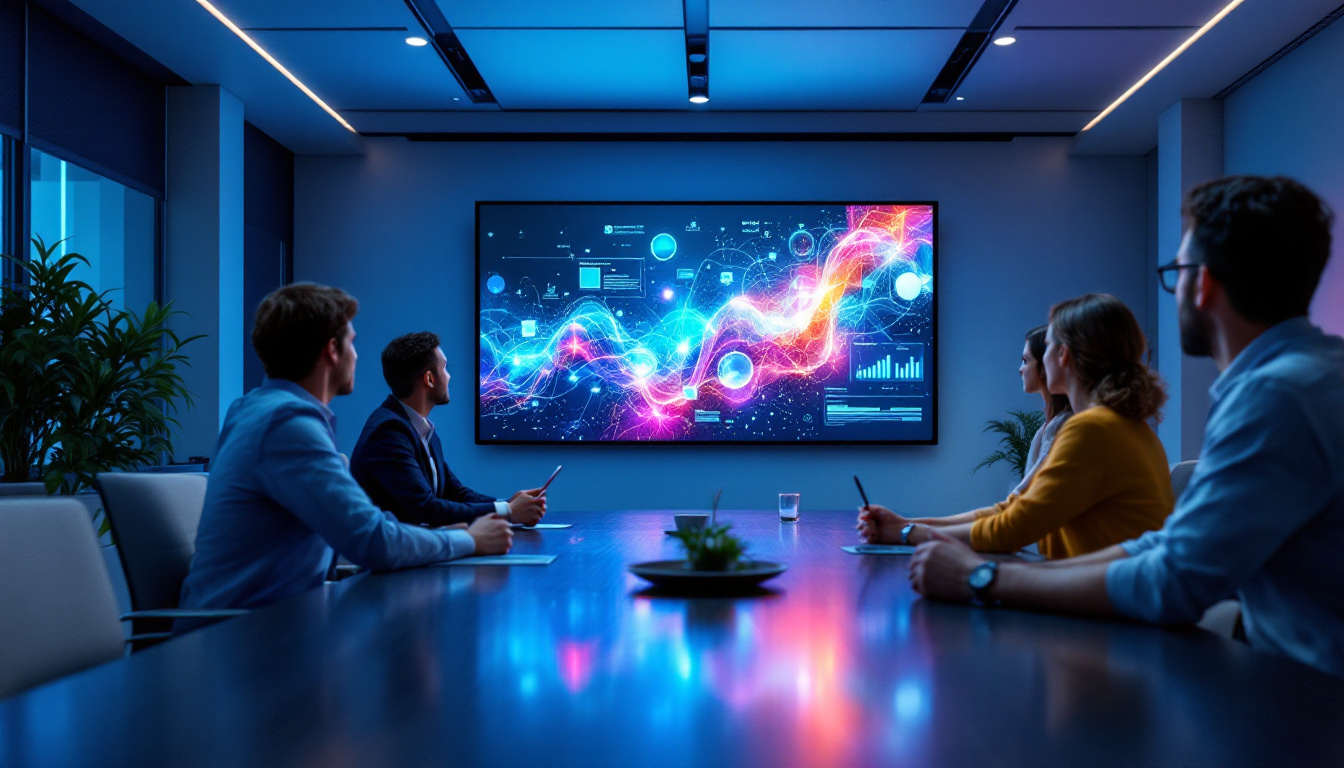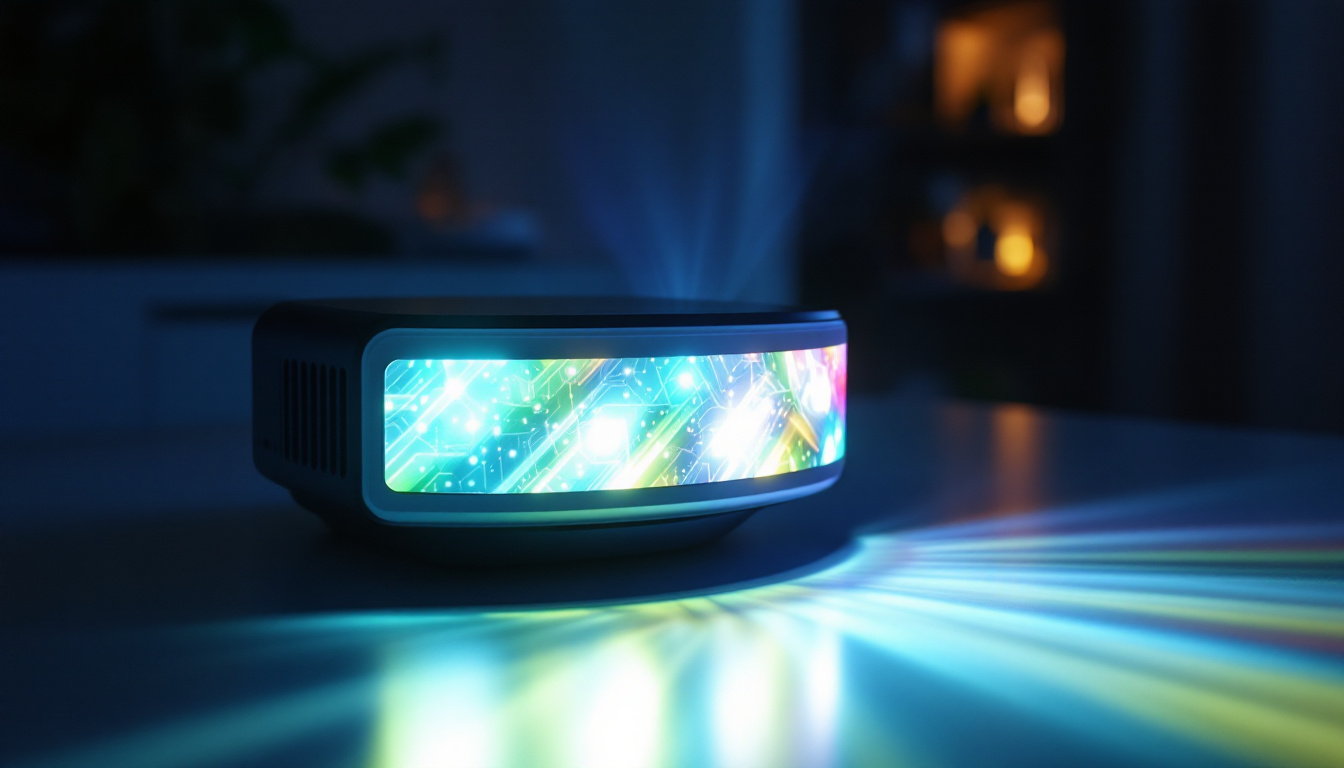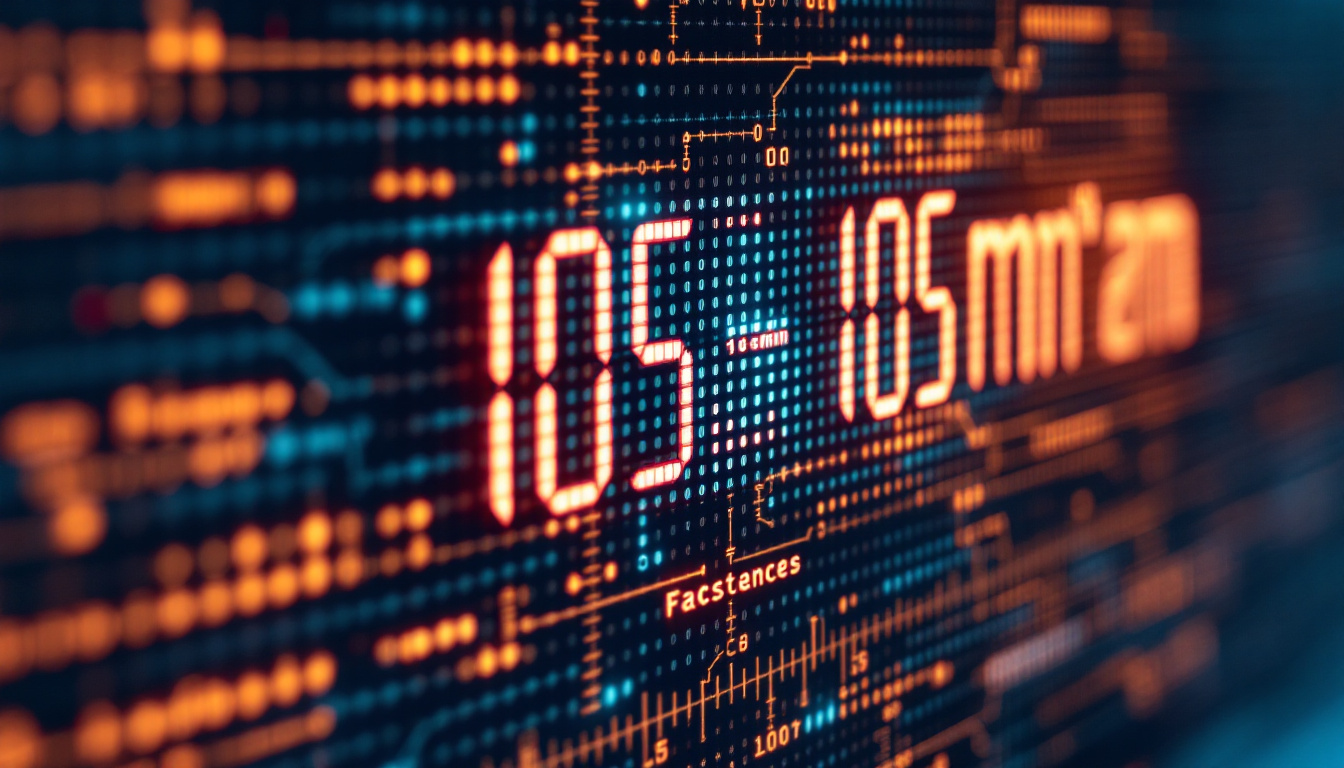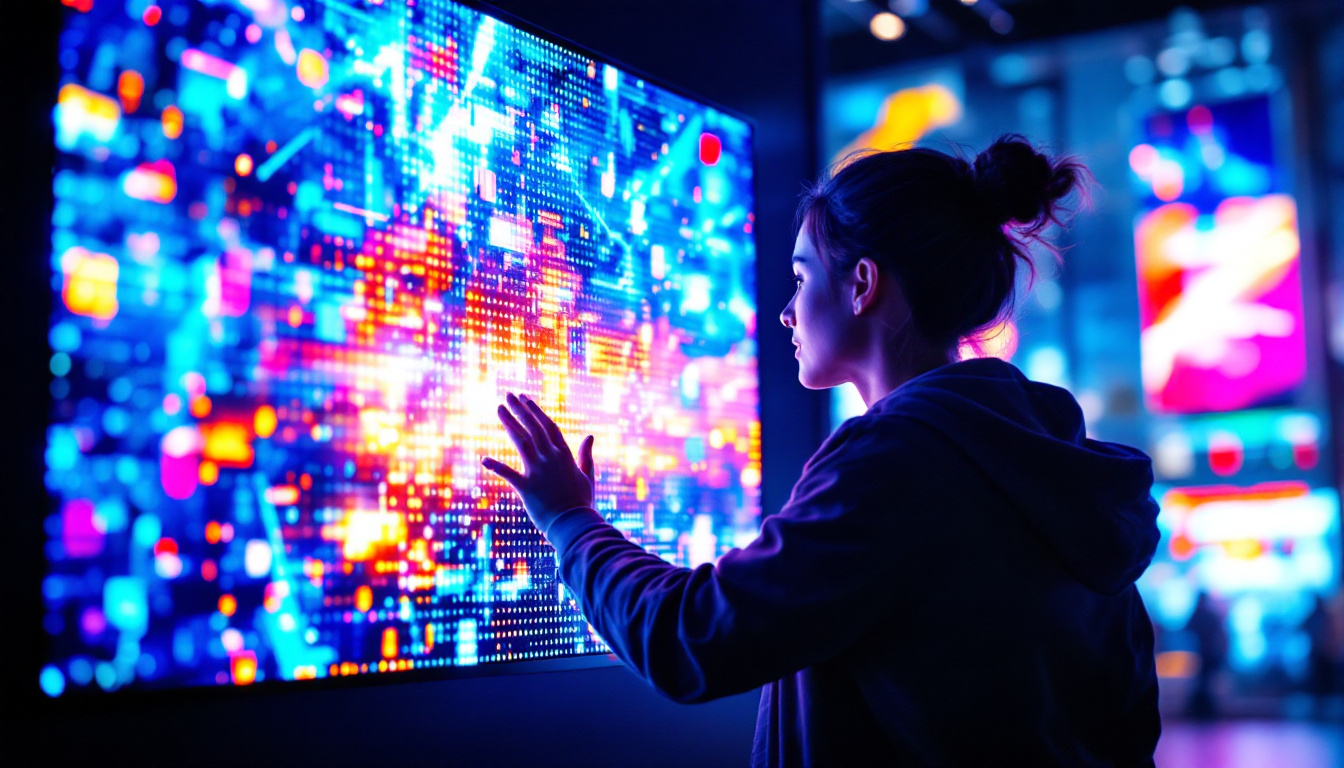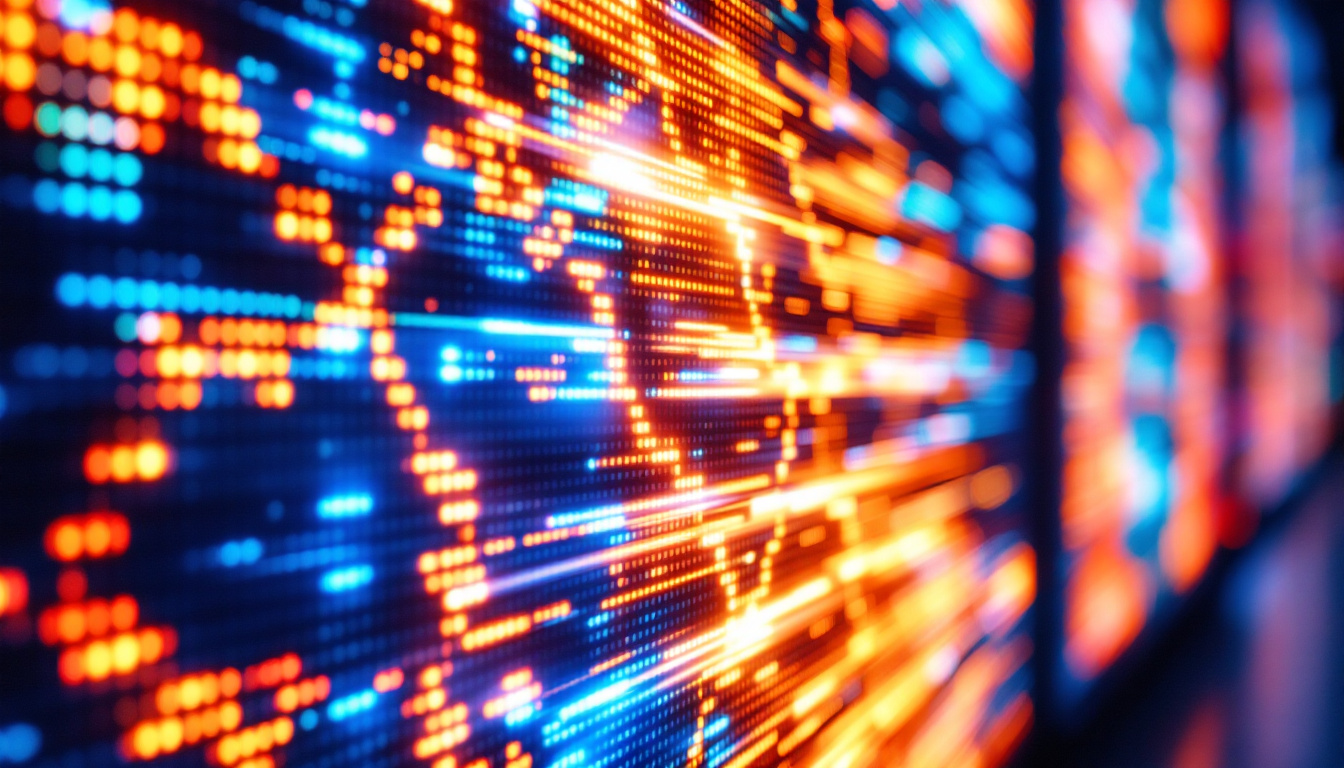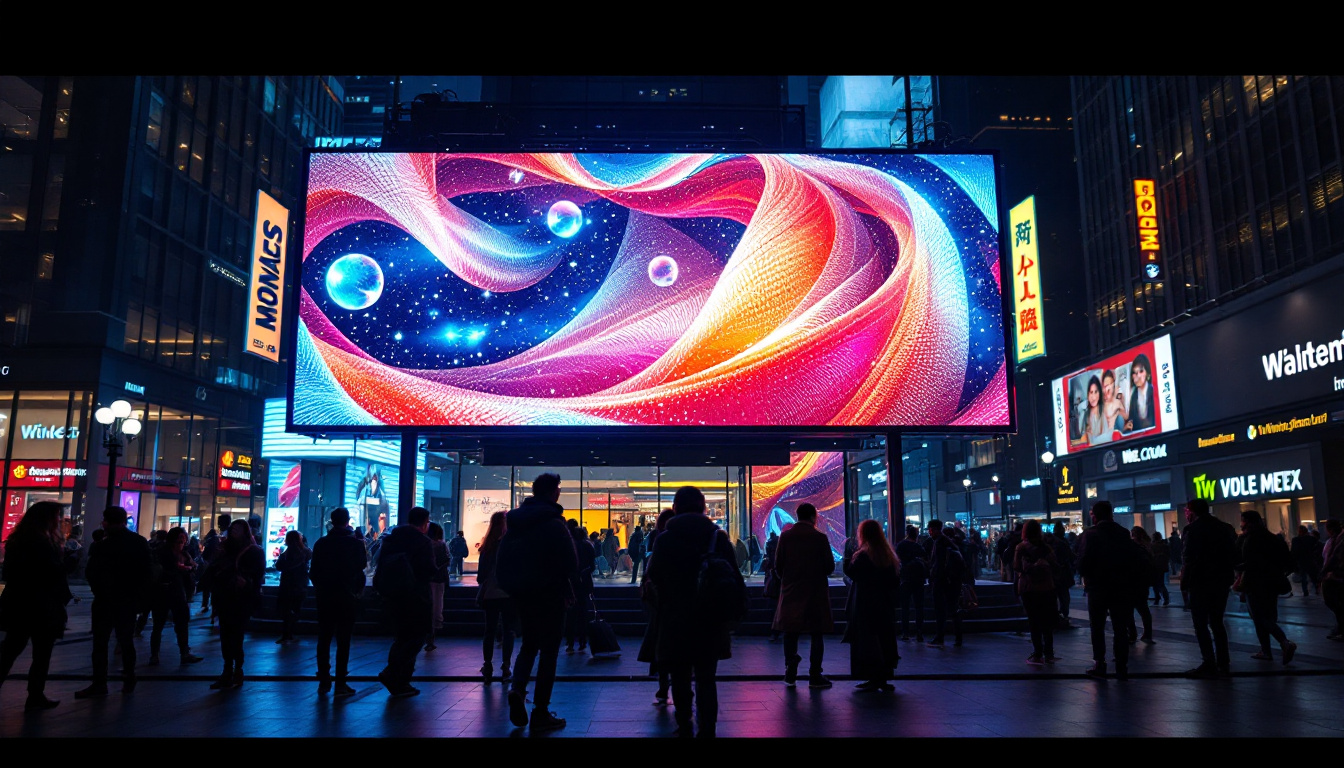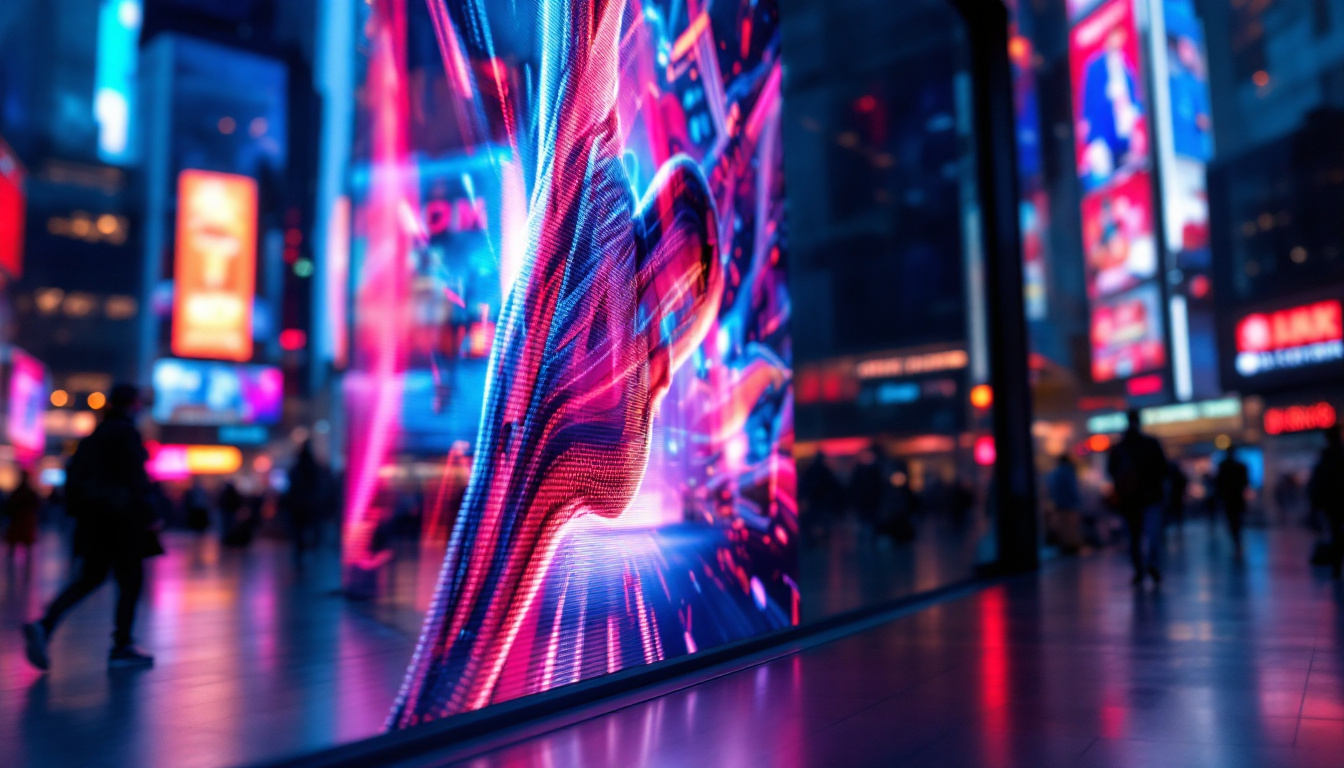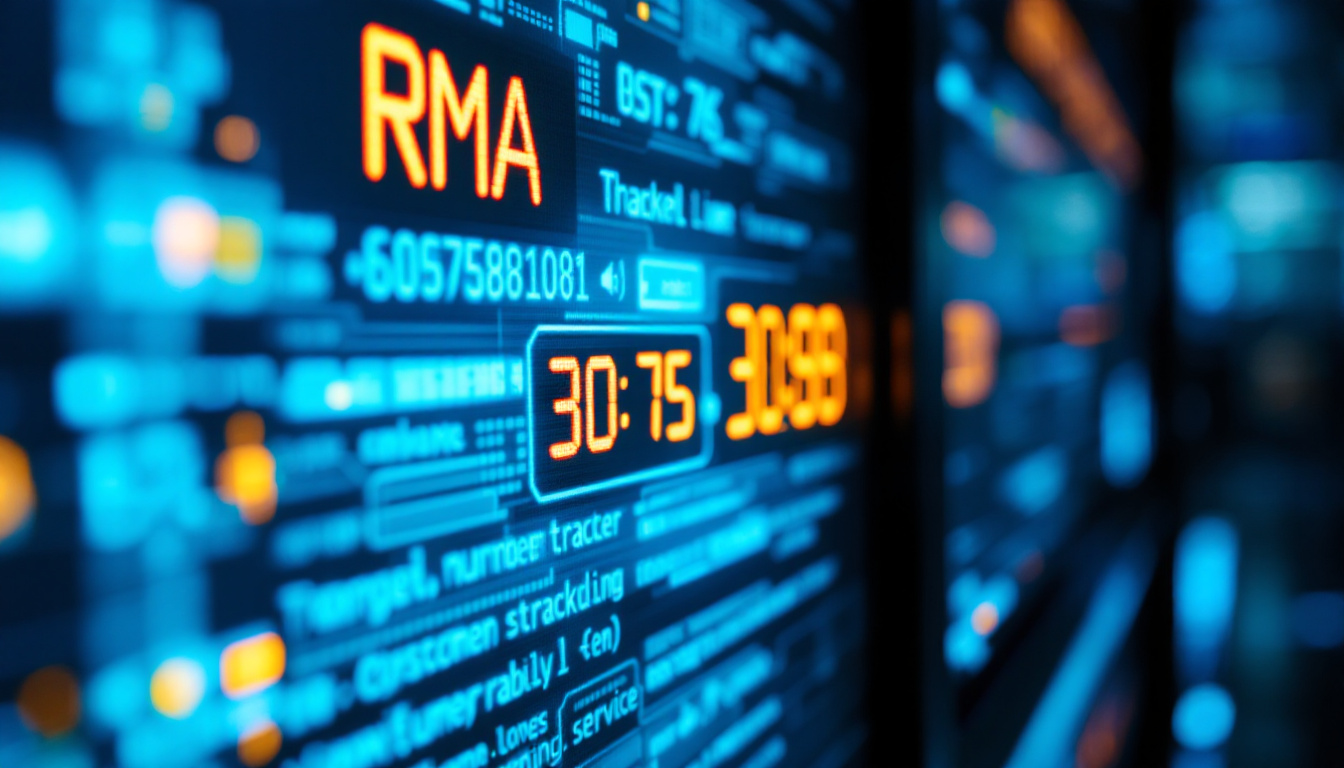In today’s digital age, screens are an integral part of our daily lives. From smartphones to large-scale billboards, the technology behind these displays continues to evolve. Among the various types of screens available, LED (Light Emitting Diode) displays have gained immense popularity due to their efficiency, brightness, and versatility. This article delves into the different types of LED displays, their applications, and the technology that powers them.
Understanding LED Technology
LED technology is based on the principle of electroluminescence, where a semiconductor emits light when an electric current passes through it. This simple yet effective mechanism has revolutionized the display industry, leading to the development of various types of LED screens. The key advantages of LED displays include energy efficiency, long lifespan, and the ability to produce vibrant colors. With their increasing popularity, LED technology has also found applications beyond traditional displays, influencing areas such as architectural lighting, automotive lighting, and even horticulture, where specific wavelengths of light are used to enhance plant growth.
How LED Displays Work
At the core of an LED display are tiny diodes that emit light. These diodes can be arranged in different configurations, forming pixels that collectively create images. In most LED displays, each pixel consists of red, green, and blue (RGB) diodes, which can be mixed in various intensities to produce a wide spectrum of colors. This RGB model is fundamental to how colors are rendered on the screen. The precision in controlling these diodes allows for high-definition visuals, making LED displays particularly popular in environments where clarity and detail are paramount, such as in medical imaging and high-end gaming.
When an image is displayed, the LED screen rapidly adjusts the intensity of each diode, allowing it to create detailed visuals. This rapid response time is one of the reasons LED displays are favored for dynamic content, such as video and animations. Additionally, advancements in technology have led to the development of features like high dynamic range (HDR), which enhances the contrast and color range of the images displayed, providing an even more immersive viewing experience. The combination of fast refresh rates and HDR capabilities makes LED displays ideal for sports broadcasting and live events, where every detail counts.
Types of LED Displays
LED displays come in several varieties, each designed for specific applications. The most common types include:
- Direct View LED: These displays consist of individual LED modules that are directly visible and used for large outdoor screens. They are often found in stadiums and concert venues, where they provide bright, clear visuals even in direct sunlight.
- LED-backlit LCD: These screens use LEDs to illuminate an LCD panel, enhancing brightness and color accuracy. This hybrid technology allows for thinner designs compared to traditional LCDs, making them popular in modern televisions and computer monitors.
- Organic LED (OLED): A more advanced technology that uses organic compounds to produce light, allowing for thinner screens and better contrast. OLED displays are known for their ability to achieve true blacks since individual pixels can be turned off completely, which is particularly beneficial for cinematic experiences.
Moreover, there are also niche applications like MicroLED technology, which promises even greater efficiency and pixel density, making it suitable for future display innovations. This technology is still in its early stages but holds the potential to redefine how we interact with screens, paving the way for ultra-high-definition displays that could be used in everything from virtual reality to augmented reality applications. As LED technology continues to evolve, we can expect to see even more exciting developments that enhance our visual experiences across various platforms.
Applications of LED Displays
LED displays are utilized across a wide range of industries and applications, showcasing their versatility and effectiveness. From advertising to entertainment, the following sections explore some of the most common uses of LED technology.
Advertising and Digital Signage
One of the most prominent applications of LED displays is in advertising and digital signage. Businesses leverage vibrant LED screens to capture attention and convey messages effectively. Whether it’s a large billboard on a busy street or a digital menu board in a restaurant, LED displays offer high visibility and dynamic content capabilities.
These displays can be programmed to show various advertisements, promotions, or information, making them a cost-effective solution for businesses looking to engage customers. The ability to change content quickly and remotely adds to their appeal, allowing for real-time updates and targeted marketing strategies.
Television and Home Entertainment
In the realm of home entertainment, LED technology has transformed the way people consume media. LED TVs are now the standard, providing high-definition visuals and vibrant colors. The advancements in LED technology, particularly in OLED displays, have resulted in thinner screens with improved contrast ratios and viewing angles.
Moreover, the integration of smart technology into LED TVs has enhanced user experience, allowing viewers to stream content, browse the internet, and connect with other devices seamlessly. This convergence of technology has made LED displays a central component of modern home entertainment systems.
Medical and Scientific Applications
LED displays are also making significant strides in medical and scientific fields. In hospitals, LED screens are used for monitoring patient vitals, displaying medical imaging, and providing information to patients and staff. Their clarity and brightness ensure that critical information is visible, even in well-lit environments.
In scientific research, LED displays are employed in laboratories for data visualization and analysis. The ability to present complex data in an easily digestible format is crucial for researchers, and LED technology provides the necessary clarity and detail.
Advantages of LED Displays
The growing popularity of LED displays can be attributed to several advantages they offer over traditional display technologies. Understanding these benefits can help consumers and businesses make informed decisions when choosing display solutions.
Energy Efficiency
One of the standout features of LED displays is their energy efficiency. Compared to traditional LCD and CRT displays, LED screens consume significantly less power. This not only reduces electricity costs but also makes LED technology a more environmentally friendly option.
As energy consumption becomes a critical concern for many businesses and consumers, the efficiency of LED displays positions them as a sustainable choice. This is particularly important for large-scale installations, such as outdoor billboards, where energy savings can be substantial over time.
Longevity and Durability
LED displays are known for their longevity, often lasting tens of thousands of hours before requiring replacement. This durability makes them a wise investment for businesses that rely on displays for advertising and information dissemination. Unlike traditional displays that may suffer from burn-in or color degradation, LED screens maintain consistent performance throughout their lifespan.
Moreover, many LED displays are designed to withstand harsh environmental conditions, making them suitable for outdoor use. Their resistance to temperature fluctuations and moisture ensures they can operate effectively in various climates.
High Brightness and Color Accuracy
LED displays excel in brightness and color accuracy, making them ideal for applications where visual clarity is paramount. The ability to produce bright, vivid colors enhances the viewing experience, whether in a cinema, at an event, or on a digital billboard.
Advanced LED technologies, such as HDR (High Dynamic Range), further improve color accuracy and contrast, allowing for a more immersive experience. This capability is particularly beneficial for filmmakers, gamers, and anyone who values high-quality visuals.
Challenges and Considerations
While LED displays offer numerous advantages, they are not without challenges. Understanding these potential drawbacks is essential for making informed decisions about display technology.
Cost Considerations
One of the primary challenges associated with LED displays is their initial cost. Although prices have decreased over the years, high-quality LED screens can still be more expensive than traditional display options. This can be a barrier for small businesses or individuals looking to invest in display technology.
However, it is important to consider the long-term savings associated with energy efficiency and longevity. Over time, the total cost of ownership for LED displays may be lower than that of cheaper alternatives, making them a worthwhile investment.
Viewing Angles and Placement
Another consideration is the viewing angle of LED displays. While many modern LED screens offer wide viewing angles, some lower-quality models may suffer from color distortion or reduced brightness when viewed from the side. This can be a critical factor in settings where multiple viewers need to see the display simultaneously.
Proper placement and installation of LED displays are essential to maximize their effectiveness. Ensuring that the screen is positioned at an optimal height and angle can significantly enhance the viewing experience.
The Future of LED Display Technology
The future of LED display technology looks promising, with ongoing advancements that continue to enhance performance and capabilities. As technology evolves, several trends are emerging that are likely to shape the future of LED displays.
MicroLED Technology
MicroLED is an exciting development in the world of LED displays. This technology involves using tiny micro-sized LEDs to create individual pixels, resulting in higher resolution and improved color accuracy. MicroLED displays promise to deliver superior performance, with the potential for even thinner and lighter screens.
As manufacturers invest in research and development, MicroLED technology may become more accessible, offering consumers and businesses an even better display solution in the coming years.
Integration with Smart Technology
As smart technology continues to permeate various aspects of life, LED displays are increasingly being integrated with IoT (Internet of Things) capabilities. This integration allows for enhanced interactivity, enabling users to control displays remotely, receive real-time data, and customize content based on user preferences.
Such advancements will further enhance the versatility of LED displays, making them even more appealing for a wide range of applications, from advertising to home entertainment.
Sustainability Initiatives
With growing awareness of environmental issues, manufacturers are focusing on sustainability in LED display production. This includes using eco-friendly materials and reducing waste during the manufacturing process. As consumers become more environmentally conscious, the demand for sustainable LED displays is likely to increase.
Moreover, initiatives to recycle old displays and reduce electronic waste will play a crucial role in the future of LED technology, ensuring that it aligns with global sustainability goals.
Conclusion
LED displays have transformed the way information is conveyed and consumed across various sectors. Their energy efficiency, longevity, and vibrant visuals make them a popular choice for businesses and consumers alike. As technology continues to evolve, the future of LED displays promises even more innovative solutions that will enhance user experience and drive sustainability.
Whether for advertising, entertainment, or medical applications, understanding the different types of LED displays and their advantages can help individuals and organizations make informed decisions. As the digital landscape continues to expand, LED technology will undoubtedly remain at the forefront of display innovation.
Discover LumenMatrix’s Innovative LED Display Solutions
Ready to elevate your visual experience with the latest in LED display technology? LumenMatrix is at the forefront of creating immersive and dynamic visual solutions tailored to your needs. From Indoor and Outdoor LED Wall Displays to specialized options like Vehicle LED Displays, LED Sports Displays, and even Custom LED Solutions, we have everything to transform your space and captivate your audience. Embrace the future of visual communication with LumenMatrix’s cutting-edge displays. Check out LumenMatrix LED Display Solutions today and see the difference for yourself.

